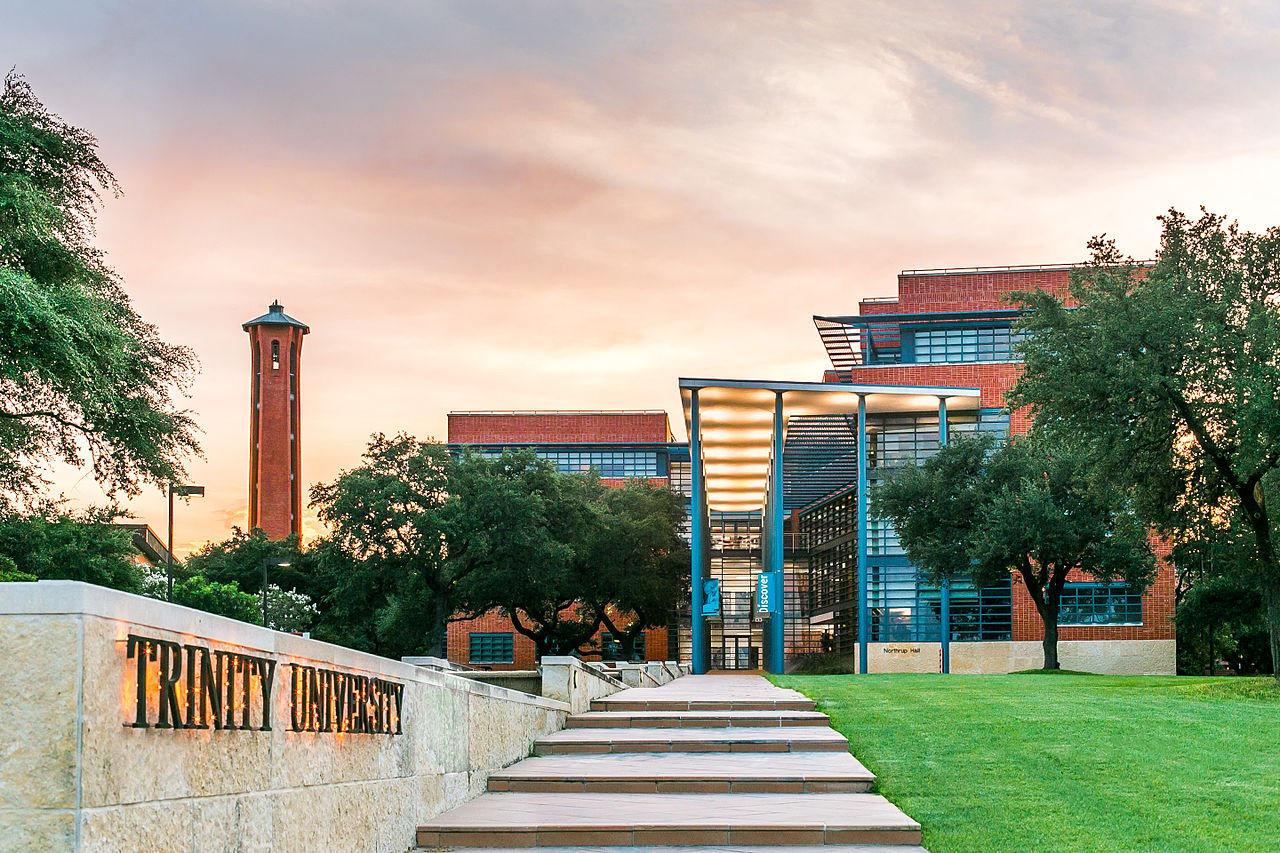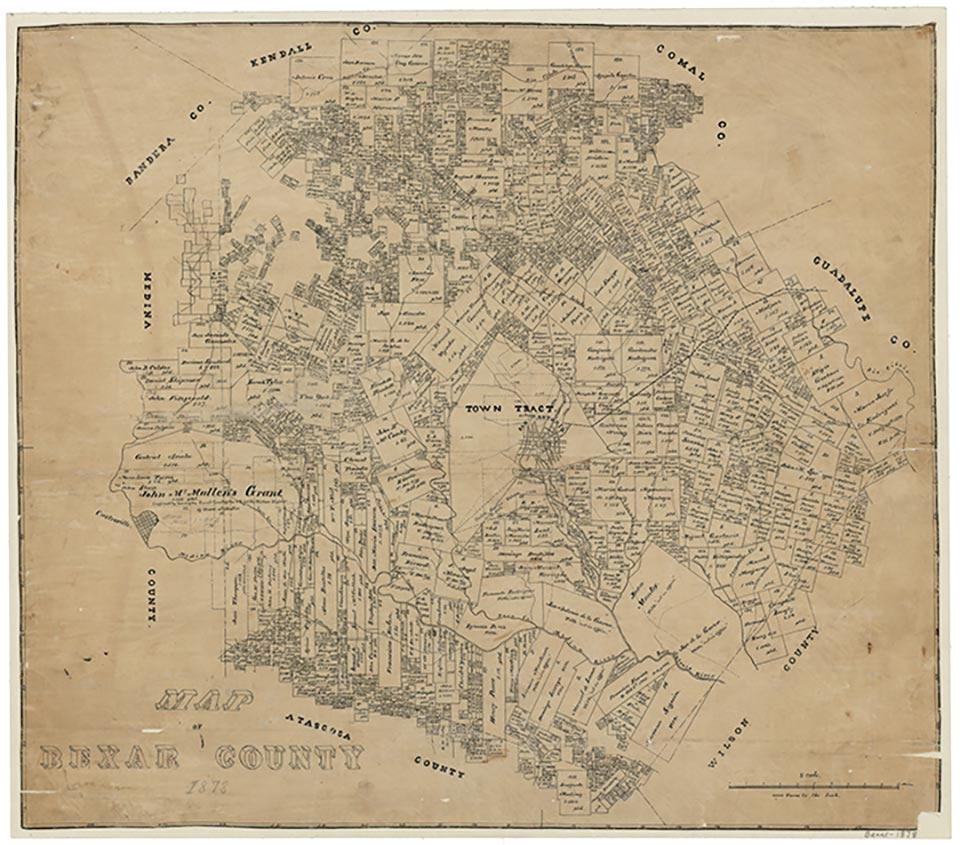Trinity University

Northrup Hall during sunset,Trinity University, San Antonio

Three small antebellum Presbyterian schools in Texas—Ewing College (founded in 1848), Chapel Hill College (1849), and Larissa College (1855)—were the antecedents of Trinity University. After they failed during the Civil War, Cumberland Presbyterians began in 1866 to make plans to establish a single institution of higher learning in Texas. Trinity University opened on September 23, 1869, in Tehuacana. As early as 1888 the question of transferring the university to a large and more advantageous location was discussed, but it was not until 1902 that Trinity was moved to Waxahachie, where it remained for four decades. While there, Trinity became a member of the Southern Association of Colleges and Schools and began to accept graduates of the defunct Fairemont Female Seminary at Weatherford as alumnae. On February 25, 1942, the Synod of Texas voted to accept an invitation of the San Antonio Chamber of Commerce to move Trinity University to the city of the Alamo. In order to facilitate the move, the Southwest Texas Conference of the Methodist Church and the board of trustees of the University of San Antonio transferred the property of the University of San Antonio without restriction to the board of trustees of Trinity University. All credits and degrees given by the University of San Antonio and its predecessors, San Antonio Female College and Westmoorland College, were acknowledged by Trinity University, which likewise accepted their former students as alumni.
In February 1945 Trinity obtained an attractive new site of more than 100 acres on the north side of San Antonio. Construction was begun in 1950, and on May 13, 1952, the university officially moved to its new skyline campus overlooking the city. On this site, once a rock quarry and later intended for a public park, consultant William Wurster of Massachusetts Institute of Technology and architect O'Neil Ford designed a campus that gained international recognition. Howard Taubman, who described Ford in the New York Times as "the region's most imaginative . . . architect," praised the appearance of Trinity University, declaring that its bell tower "would be a credit to an Italian hill town," and lauding the chapel for its "soaring simplicity" and the main dining hall for its "lofty, sedate quality." Over a thirty-year period, more than forty buildings have been constructed on the 107-acre campus; the physical plant was worth some $150 million in the mid-1980s. Financial resources for construction have often come from well-known Texas foundations, and buildings that bear such names as William L. Moody, Jr., and Sid W. Richardson testify to their origin. The Chapman Graduate Center memorializes Mr. and Mrs. P. A. Chapman, and the James A. and Leta M. Chapman Charitable Trust has provided the largest portion of the university's endowment. The auditorium is named in honor of the two-decade administration of James Woodin Laurie, under whose leadership most of the campus was constructed. Trinity served a full century as "the college of the Synod of Texas," first of the Cumberland Presbyterian Church and, after 1906, of the Presbyterian Church in the United States of America. One hundred years after its founding, in 1969, the university and the synod adopted a covenant that dissolved the legal ties between the two. Although an independent university, Trinity maintains its pursuit of its original purpose, and the church renders reciprocal allegiance.
Donald E. Everett | © TSHA

Adapted from the official Handbook of Texas, a state encyclopedia developed by Texas State Historical Association (TSHA). It is an authoritative source of trusted historical records.

- ✅ Adoption Status:
Belongs to
Trinity University is part of or belongs to the following places:
Date of Founding Notes
Classes first held in 1869 at Tehuacana; moved to Waxahachie, 1902; to San Antonio, 1942
Private Sectarian Ownership Notes
Presbyterian U.S.A.
People
-
President, Vanessa B. Beasley, Ph.D. 2022–Present
Currently Exists
Yes
Place type
Trinity University is classified as a College or University
Tags
External Websites
- Trinity University (Official Website)
Fall Enrollment Count, 2022 View more »
2,742

